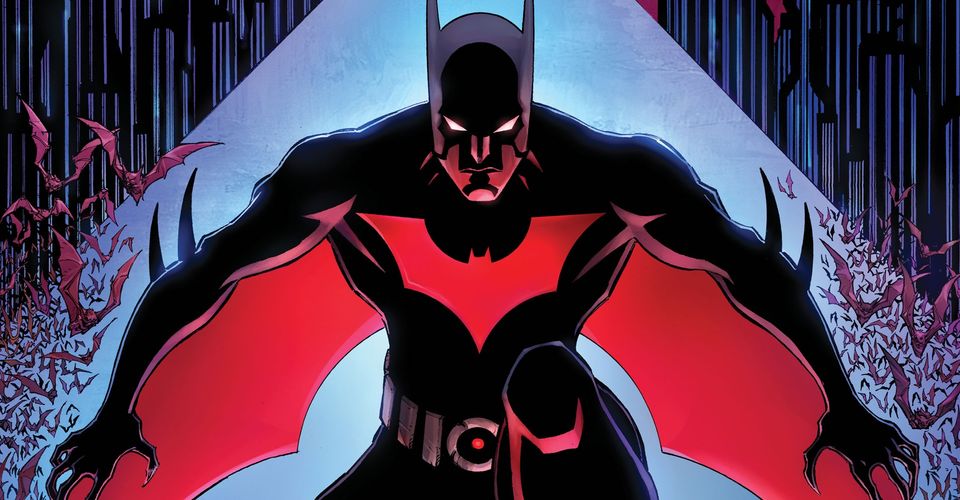Batman Beyond’s One Rule is Actually Stricter than Bruce Wayne’s

Warning! Spoilers for Batman Beyond: Wake ahead!
While many superheroes adhere to a set of morals, few are as memorable and absolute as Batman’s rule disallowing himself from taking lives and as successor Batman Beyond actually took that one step further. This one rule is often a key component of most iterations of Batman, and is often a non-negotiable condition when the Caped Crusader teams up with other heroes or villains. While Bruce Wayne’s rule is infamously rigid, Terry McGinnis has interpreted Batman’s rule in an even stricter way.
In Batman Beyond: Wake by Jackson Lanzing, Collin Kelly, and Max Dunbar, Bruce Wayne has died in Terry McGinnnis’ arms. Slain by an unknown assailant, the Caped Crusader says a final, heart-wrenching goodbye to his protégé, spurring on the young man to track down the killer. As Terry works his first case without a mentor in his ear, he discovers that the assailant is an artificial intelligence calling itself the Living Gotham, a natural forming neural network born as an after-effect of Neo-Gotham’s technological development. After contemplating destroying the new foe, Terry decides against it, opting to instead destroy the Batcave and face the Living Gotham a different way.
The Living Gotham is everywhere in Neo-Gotham. As a neural network that naturally formed from the millions of connections, technologies, and devices that make up Neo-Gotham, there is nothing beyond the Living Gotham’s reach, easily proving this by hacking Bruce’s pacemaker and killing him in its first minutes of life. With such a dangerous AI as a foe, it seems like Terry’s only recourse would be to take down the Living Gotham as quickly as possible, both mitigating further harm and getting revenge for his slain mentor. Terry could have easily done it too, as he puts it himself: “So if you’re in his Batcomputer, [Bruce Wayne]’s in you. Backdoors into every access point. Every bank, every security camera, every cell phone. The whole city at his fingertips if he needed it. Hell, Batman practically built Neo-Gotham. Which means he can turn it off.” Terry begins to prepare the cave’s city-wide blackout protocols, but at the last minute, he chooses not to and instead destroys the cave and Wayne Manor to cover his escape.

Batman’s one rule is to never take a life, and more often than not that means human life. Batman, in most cases, will refuse to take actions that could lead to the death of a person, and at times goes comically out of his way to save villains. Recently, readers can see the limits of Bruce’s rule. For instance, the original Batman has no problem slaying vampires because they are undead, and Bruce has destroyed several artificial intelligences as Batman. Terry McGinnis, though, decides not to destroy the Living Gotham. Terry believes that the Living Gotham is a new life and that it ultimately isn’t his place to determine if it has a right to live. Terry is honoring Bruce’s dying wish of using his goodness to go beyond the limitations of Batman, and for now, that manifests in a stricter interpretation of one of Batman’s signature rules. It’ll be interesting to see what Terry’s endgame against the Living Gotham will be, seeing as the AI has every intent on killing him and doing unspeakable, chilling things to Neo-Gotham, and Terry just gave up his silver bullet to stop the problem permanently.
Most superheroes are defined by their rules and creeds, and few are as famous as Batman’s rule sanctifying life. While Bruce interprets his rule strictly, his Batman Beyond successor Terry McGinnis takes the rule further by seemingly extending it to artificial life-forms.

















